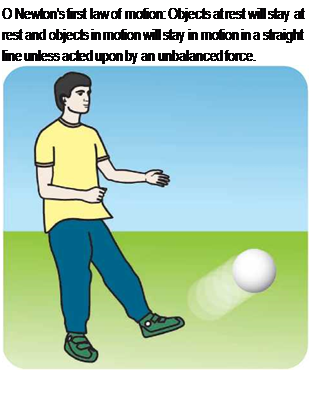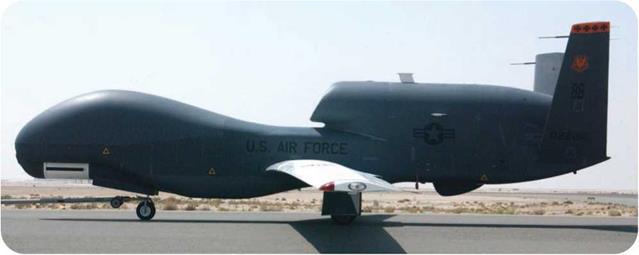Hubble Space Telescope
|
T |
he Hubble Space Telescope is a reflecting telescope, one that collects light from distant objects. Launched into space in 1990, Hubble is run by the U. S. National Aeronautics and Space Administration (NASA) as an orbital observatory. The Hubble telescope is named for Edwin Powell Hubble (1889-1953), one of the world’s great astronomers. Its discoveries are valued by astronomers and other space scientists all over the world.
Discovering the Universe
At the beginning of the twentieth century, most astronomers thought there was only one galaxy visible in the universe— the Milky Way—the galaxy of which our Sun and its planets are a tiny part. In 1924, American astronomer Edwin Hubble was using the 100-inch (254- centimeter) Hooker telescope at the Mount Wilson Observatory, near Los Angeles, California. He observed another galaxy, Andromeda—one of countless galaxies, all of which are apparently moving away from one another at enormous speed. Hubble was the first astronomer to propose that the universe was actually expanding. For the first time, scientists realized the true vastness of the universe with its unimaginable number of stars.
Astronomers knew that their optical (light-collecting) telescopes on Earth
HUBBLE FACTS
• Hubble is 43.5 feet (13.3 meters) long-about the length of a school bus-and weighs 24,000 pounds (11,000 kilograms).
• Hubble orbits Earth at a height of about 375 miles (about 600 kilometers) and makes one orbit every 97 minutes.
• Compared to the largest telescopes on Earth, Hubble is not especially big-its primary mirror has a diameter of 7.9 feet (2.4 meters). It has a secondary mirror, just 12 inches (30 centimeters) in diameter.
• The telescope’s angular resolution, or sharpness of vision, is remarkable.
A person with vision as sharp as Hubble’s could stand in New York City and see bugs on a tabletop as far away as San Francisco.
_____________________________________________ )
could give only a blurred picture of space. Gas and dust in Earth’s atmosphere make the stars appear to twinkle, but these substances make it difficult to observe faint, distant stars. The atmosphere also blocks or absorbs electromagnetic radiation from space in wavelengths other than visible light—radiation such as infrared, ultraviolet, gamma rays, and X-rays.
For a clearer view, observatories sited large telescopes on the tops of mountains, high above the “optical pollution.”
The idea for a telescope in space, to provide even more clarity, was proposed in 1946 by American scientist Lyman Spitzer. At the time, however, there was no way to get a telescope out there.












 О The crew of ISS Expedition Three included two Russians and an American who spent 128 days in 2001 manning the space station.
О The crew of ISS Expedition Three included two Russians and an American who spent 128 days in 2001 manning the space station.
 SPACE GOLF
SPACE GOLF


 placed on a distant moving car. In spite of the challenges, however, space scientists have figured out how to send spacecraft where they want them to go. Most of the work needed to guide a space probe is done before the launch.
placed on a distant moving car. In spite of the challenges, however, space scientists have figured out how to send spacecraft where they want them to go. Most of the work needed to guide a space probe is done before the launch. О Most airline pilots in the United States belong to the Air Line Pilots Association, a labor union and professional organization for pilots founded in 1931.
О Most airline pilots in the United States belong to the Air Line Pilots Association, a labor union and professional organization for pilots founded in 1931. capsules, and unmanned Progress supply craft have docked with the Russian Mir space station and with the International Space Station.
capsules, and unmanned Progress supply craft have docked with the Russian Mir space station and with the International Space Station.

 enemy aircraft by bouncing radio waves off them, became the basis of air traffic control systems that guide today’s aircraft safely along invisible lanes in the sky.
enemy aircraft by bouncing radio waves off them, became the basis of air traffic control systems that guide today’s aircraft safely along invisible lanes in the sky.